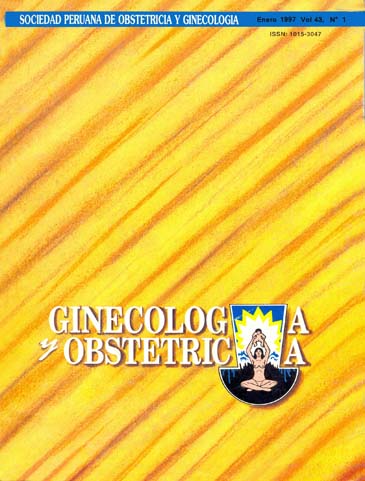Humanized care for incomplete abortion: Three techniques outpatient management, cost reduction and post-abortion family bakery
DOI:
https://doi.org/10.31403/rpgo.v43i1008Abstract
OBJECTIVES: To precise clinical differences of three uterine evacuation procedures for incomplete abortion, quality and costs of human and material resources, and acceptability of immediate postabortion contraception. DESIGN: Prospective study of 759 patients with uncomplicated incomplete abortion attended at Maria Auxiliadora Hospital Gynecology and Obstetrics Department randomly assigned to either dilatation and curettage (D&C, 348 patients) or manual (211) or electrical (200) suction. Clinical findings, and post op complications were registered. Contraceptive counseling was offered. If patient did not return for evaluation within 30 days, she was visited at home. RESULTS: Either analgesia or sedation was use during the procedure, bleeding was higher with D&C and pain was more frequent with suction. No significant differences were found with either method in regards to complications, efficacy of procedure, hospital stay, costs, or contraception counseling. Five hundred and seventy eight (78,2%) patients chose a contraceptive method and continuers were 601% with pills, 66,1% with medroxiprogesterone, and 89% with IUD. CONCLUSIONS: Manual aspiration. The incomplete abortion is clinically advantageous. The postabortion period is a good moment to administer contraceptives.Downloads
Download data is not yet available.
Downloads
Published
2015-06-20
How to Cite
Távara, L. (2015). Humanized care for incomplete abortion: Three techniques outpatient management, cost reduction and post-abortion family bakery. The Peruvian Journal of Gynecology and Obstetrics, 43(1), 17–26. https://doi.org/10.31403/rpgo.v43i1008
Issue
Section
Artículos Originales
















